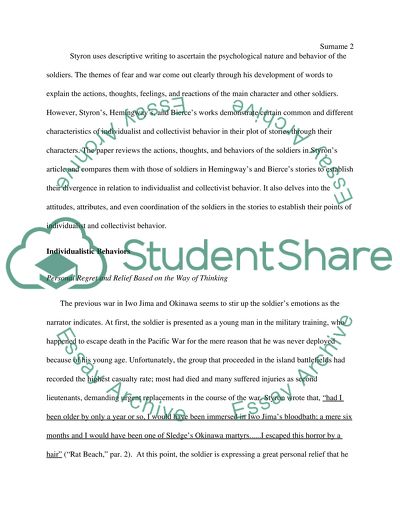Cite this document
(“Individualism vs collective behavior Research Paper - 1”, n.d.)
Retrieved from https://studentshare.org/psychology/1663322-individualism-vs-collective-behavior
Retrieved from https://studentshare.org/psychology/1663322-individualism-vs-collective-behavior
(Individualism Vs Collective Behavior Research Paper - 1)
https://studentshare.org/psychology/1663322-individualism-vs-collective-behavior.
https://studentshare.org/psychology/1663322-individualism-vs-collective-behavior.
“Individualism Vs Collective Behavior Research Paper - 1”, n.d. https://studentshare.org/psychology/1663322-individualism-vs-collective-behavior.


